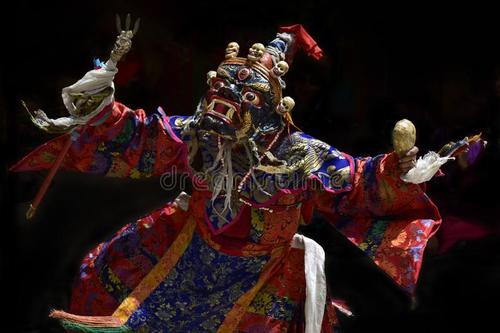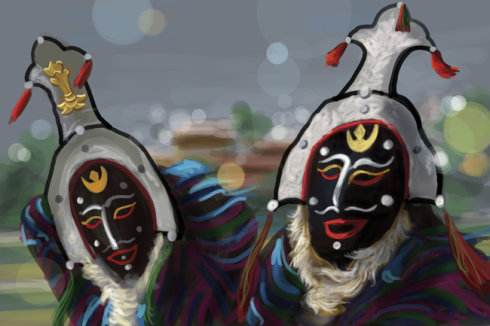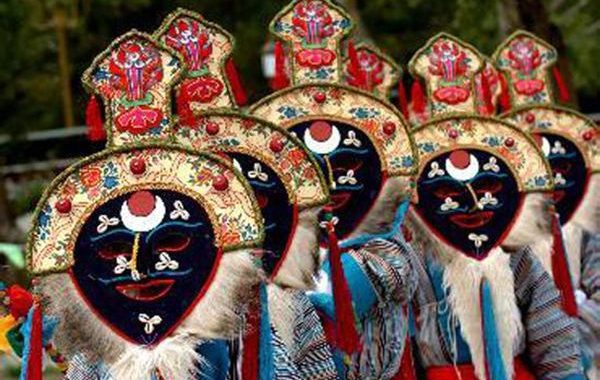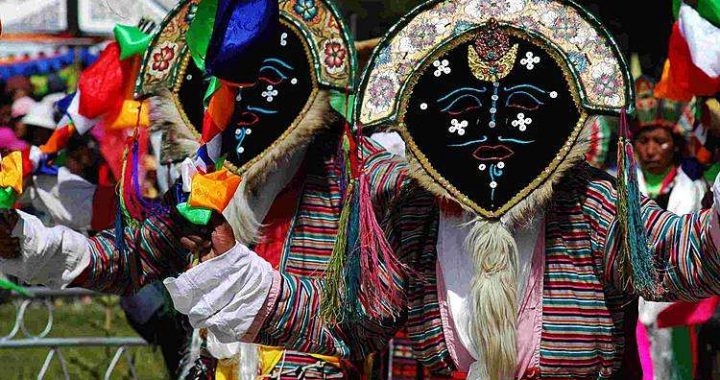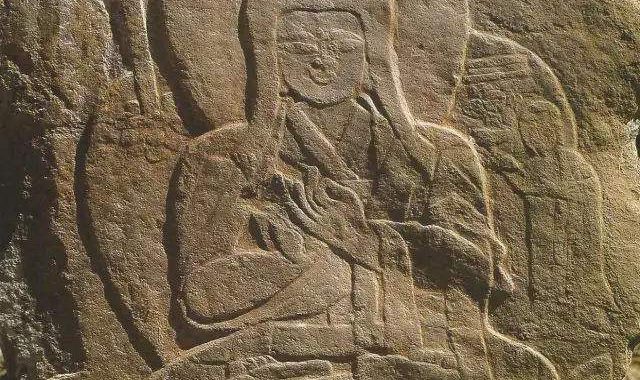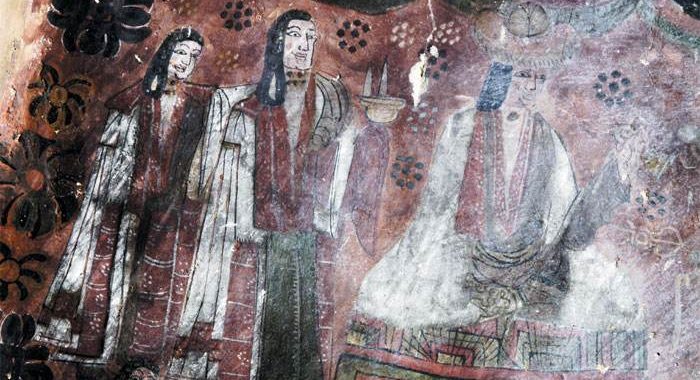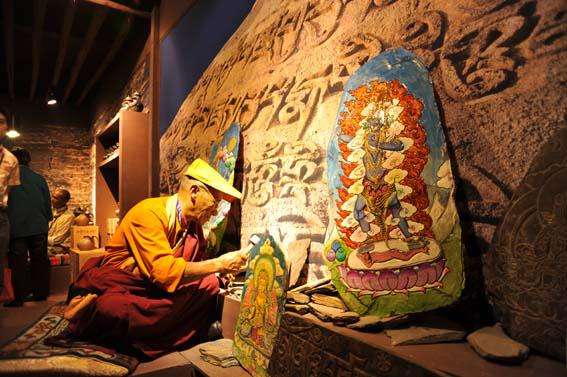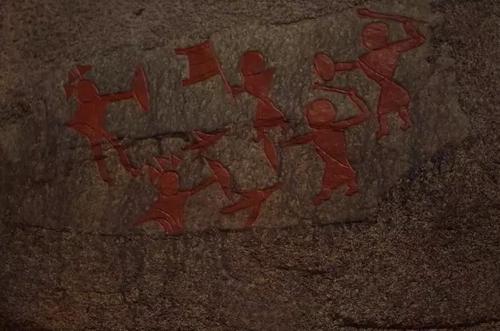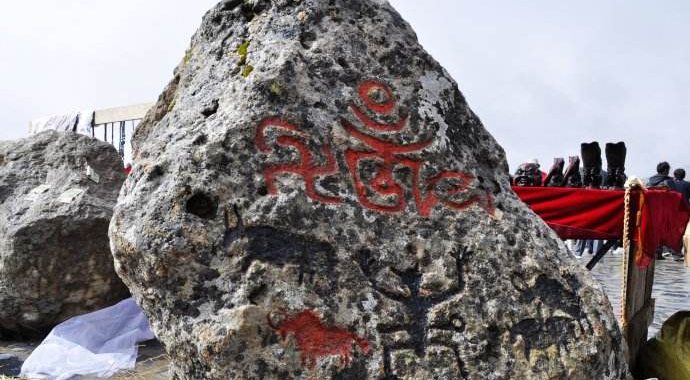Huge carvings
2 min readThere are two statues at extremely high elevation of the Pabangka Palace of Lhasa. One statue is adorned with the clothes of Bodhisattva. It is on a standing stone, featuring primitive simplicity; the other is a fourarm Avalokitesvara on a huge rock slope, facing a valley and overlooking Lhasa, symbolizing an open mind and a big heart to embrace all. The history of the statues can be traced back to the period when Tsongkhapa began to disseminate Buddhist doctrines in this area.
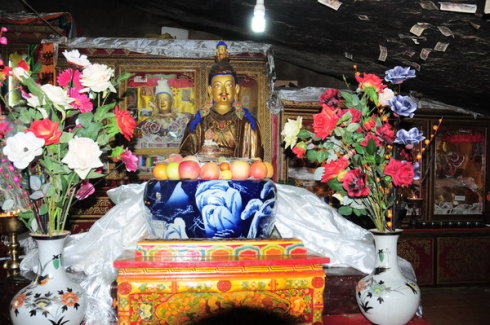
There is a huge protruding cliff at the mountain foot north of the Lalu wetland. On the cliff, there are reliefs of Shakyamuni and Amitabha. The relief of Shakyamuni was made in a creative way. There are two carvedpecking peacocks below the lotus throne. The status stands on its ownlight, with the head carved by using intaglio techniques and the body embedded in the pagoda also carved by using intaglio techniques. The Bodhisattvas at the left and right sides are smaller and embedded inside the lines at the shoulder of the pagoda. It has an ingenious overall design, with the vitality of improvisational ideas. They may have been made in the period from the 13th to 15th century. Further west, there are ruins ofamonastery with huge stones scattered all over the slope and is rarely visited. The statues are of primitive simplicity and grandness. They stand in their own light, with the head carved using intaglio techniques to a depth of 10 to 15 centimeters. They are high reliefs. The statues ofBuddhas and Bodhisattvas were carved in a rough and simple way and therefore seem concise and vivid. Seeming calm and composed, the statues were made in the Tubo period and are very similar to the statues in the Ajanta Caves, India. The cliff carvings at Danma Rock are located at Renda Township, Xiangdui District, Ya County, Qamdo prefecture. It is said that Princess Wencheng ordered that a monastery be built on the way to Tibet. The stone inscriptions said,”Carved in 816 at the order ofXibayilanyang.”The reliefs are about Buddha and his eight disciples. The Buddha sits at the center, while the disciples sit on the left and right sides.
The Bodhisattvas wear hats decorated with three leaves, looking like people of royal lineage. They sit in different unconstrained and elegant postures. It has been clearly confirmed that these cliff carvings were made in the Tubo Kingdom and are therefore invaluable.
